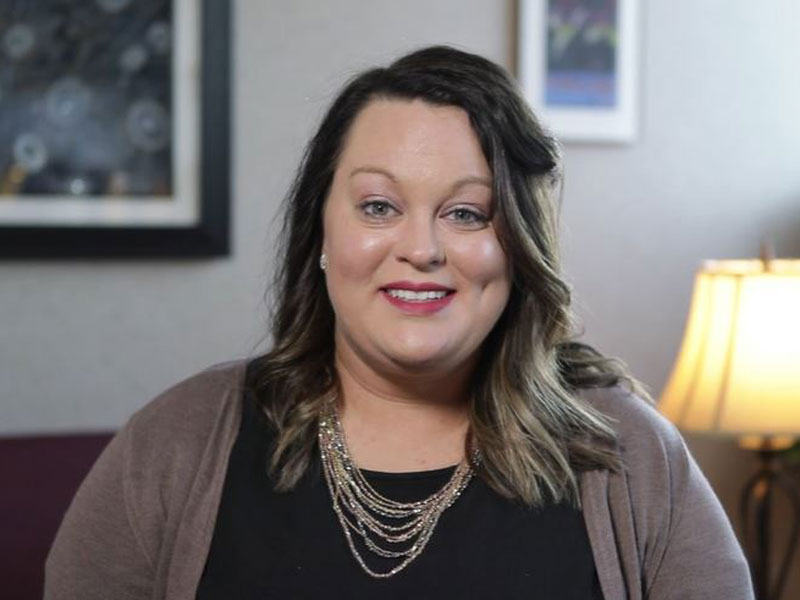Megan Rogers’ work as an oncofertility nurse navigator for Sanford Health in Fargo, North Dakota, represents a new role in medicine that can help cancer patients make informed decisions about having children.
“Oncofertility” is a term many are unfamiliar with. Rogers explains it like this:
“The best way to describe oncofertility is that it’s a collaborative bridge between oncology (the study and treatment of cancer) and reproductive medicine,” Rogers said. “We work to address fertility issues that can come up because of cancer treatments.”
Create your nursing career: Find nursing jobs at Sanford Health
Cancer and cancer treatments can affect the ability to have children, depending on the type of cancer, the age of the patient and the kind of treatments required.
Meeting the nurse navigator
Typically for patients diagnosed with cancer, the first questions address the cancer itself. Beyond that, however, those who want to have children or someday may want to have children will have questions about fertility:
What is the risk that this cancer and treatment can affect the ability to have children in the future? What options are available before or during treatment that may preserve fertility?
These are questions people on a patient’s cancer team can answer. If the patient may want to have children, navigators work to get the patient in to see reproductive medicine providers soon after.
“At that appointment they will give them more details about their options,” Rogers said. “If they choose to move forward with freezing eggs/embryos or sperm they get them in the schedule as soon as possible for that. This is the point where we work closely with the oncology team to determine how long they can safely wait to start cancer treatment. It really is a collaborative approach coming up with the best plan for the patient.”
At that reproductive medicine appointment, patients also can also meet with a financial counselor if desired. Finances can often be a big piece of fertility preservation.
“The way I think about it, finding out you have cancer is already hard enough,” Rogers said. “It can really turn people’s worlds upside-down. Then you add to that treatments that could determine whether someone can be a mom or dad like they’ve always envisioned. It can be truly heartbreaking. It is why oncofertility is so important.”
Fertility preservation options
For men, the most common option in maintaining fertility is freezing sperm prior to cancer treatment. For women, options are more complex but most commonly involve freezing eggs or embryos. Other options are available, depending in some cases on the type of cancer treatment.
“It’s an evolving field,” Rogers said. “The options available 10 years ago are substantially different than they are now. And it’s likely in another five or 10 years the options will be greater than they are today.”
The hope is that oncofertility becomes a resource right from the beginning for those who get diagnosed with cancer and are of reproductive age.
“We have patients who have told us that trying to navigate the world of oncology and the world of reproductive medicine is very hard,” Rogers said. “By themselves both can be hard and then when you add them together that’s a lot to take on. It’s why we’ve created this role as a way to support patients going through it so they don’t have to do it all by themselves.”
Sanford Health now has oncofertility navigation resources in Sioux Falls, Fargo, Bemidji and Bismarck.
“To be at the forefront of something like this is very cool,” Rogers said. “We want our patients to be able to look back at their cancer journey as a very small part of a long and fulfilling life. If part of that life includes being a parent, we want to be able to help them do that.”
Learn more
- Podcast: Fertility navigation program for cancer patients
- Cancer survivor welcomes baby, thanks to her oncologist
- Nurse navigator guides lymphoma patient’s journey
…
Posted In Cancer, Cancer Treatments, Fargo, Nursing and Nursing Support, Pregnancy
